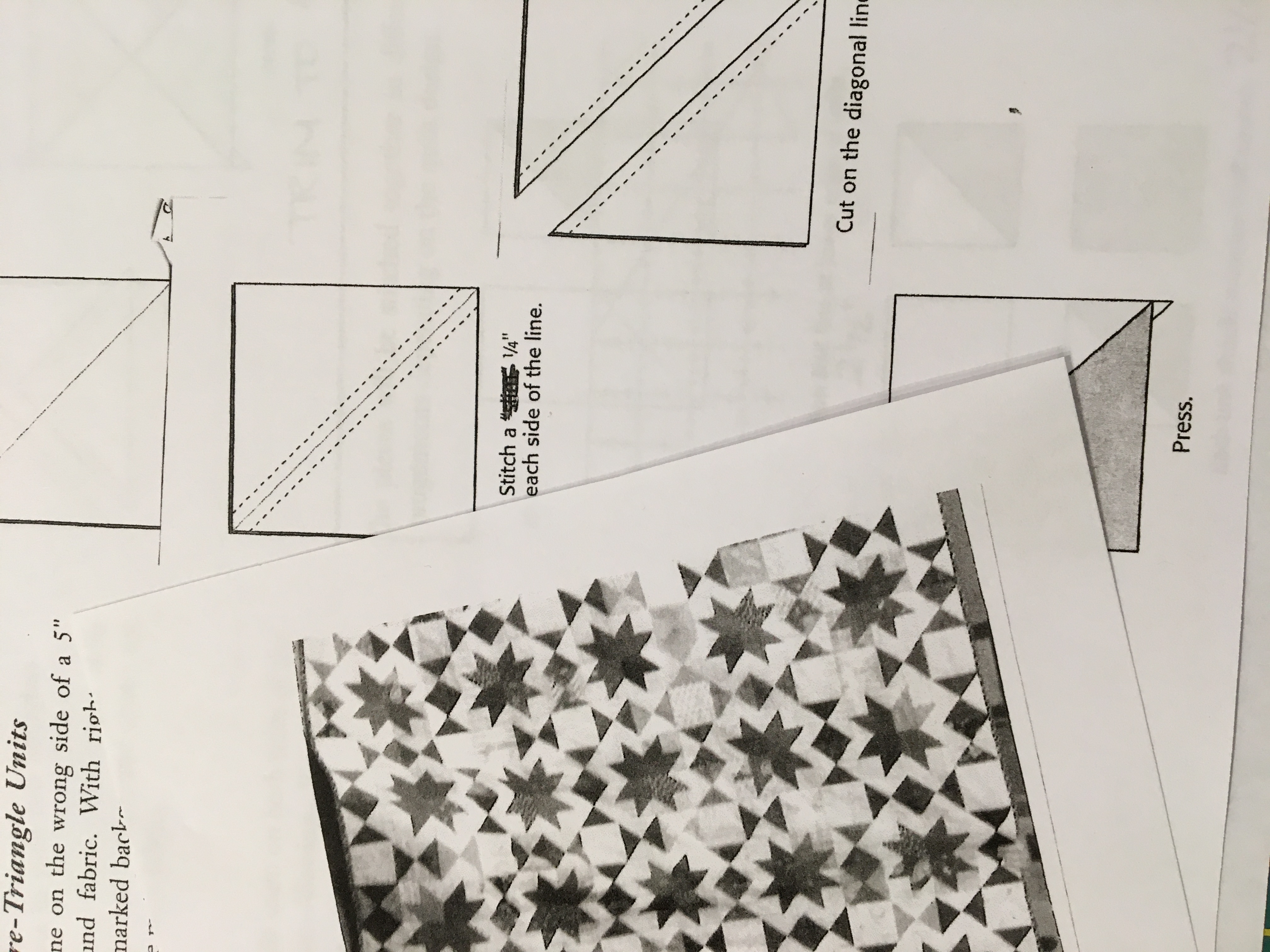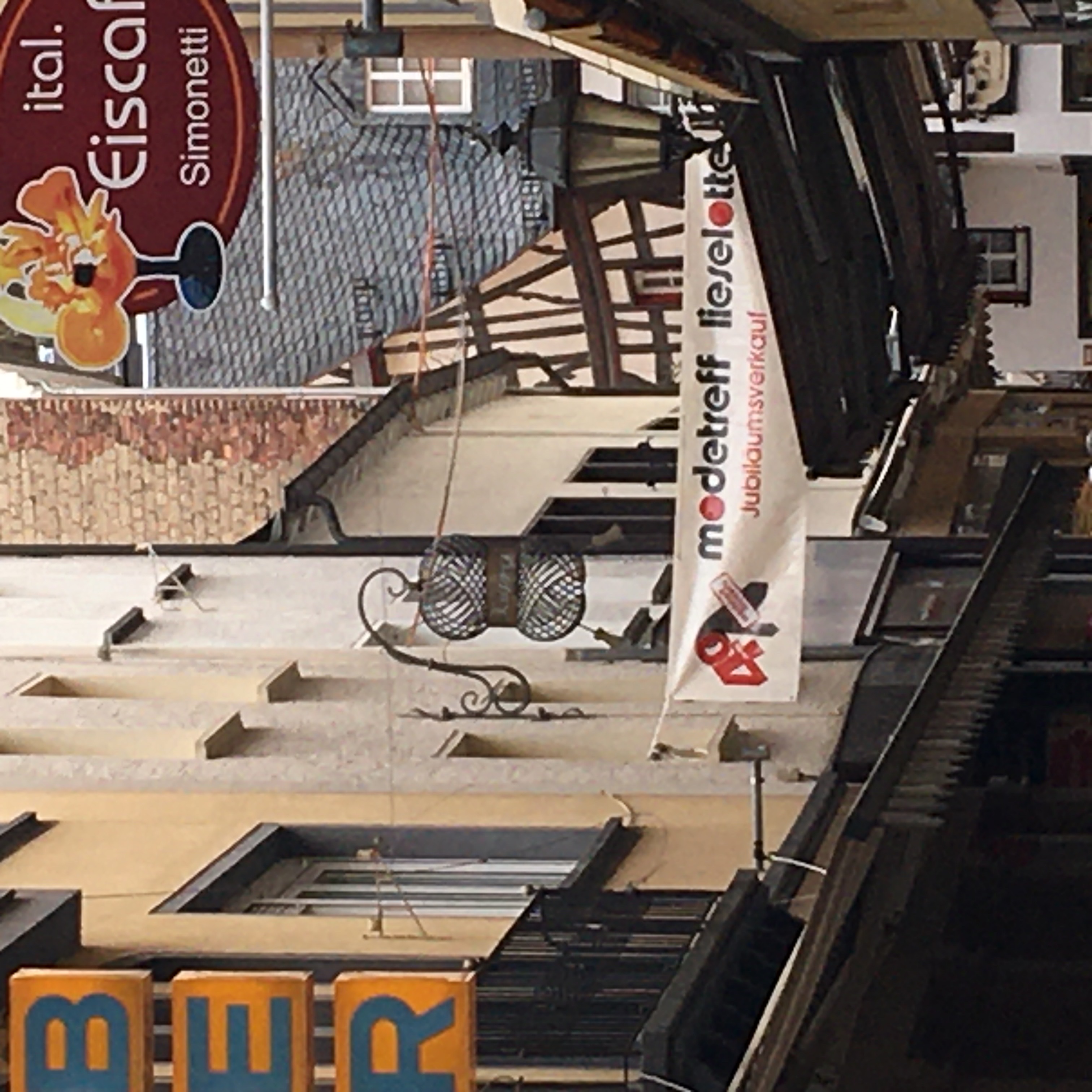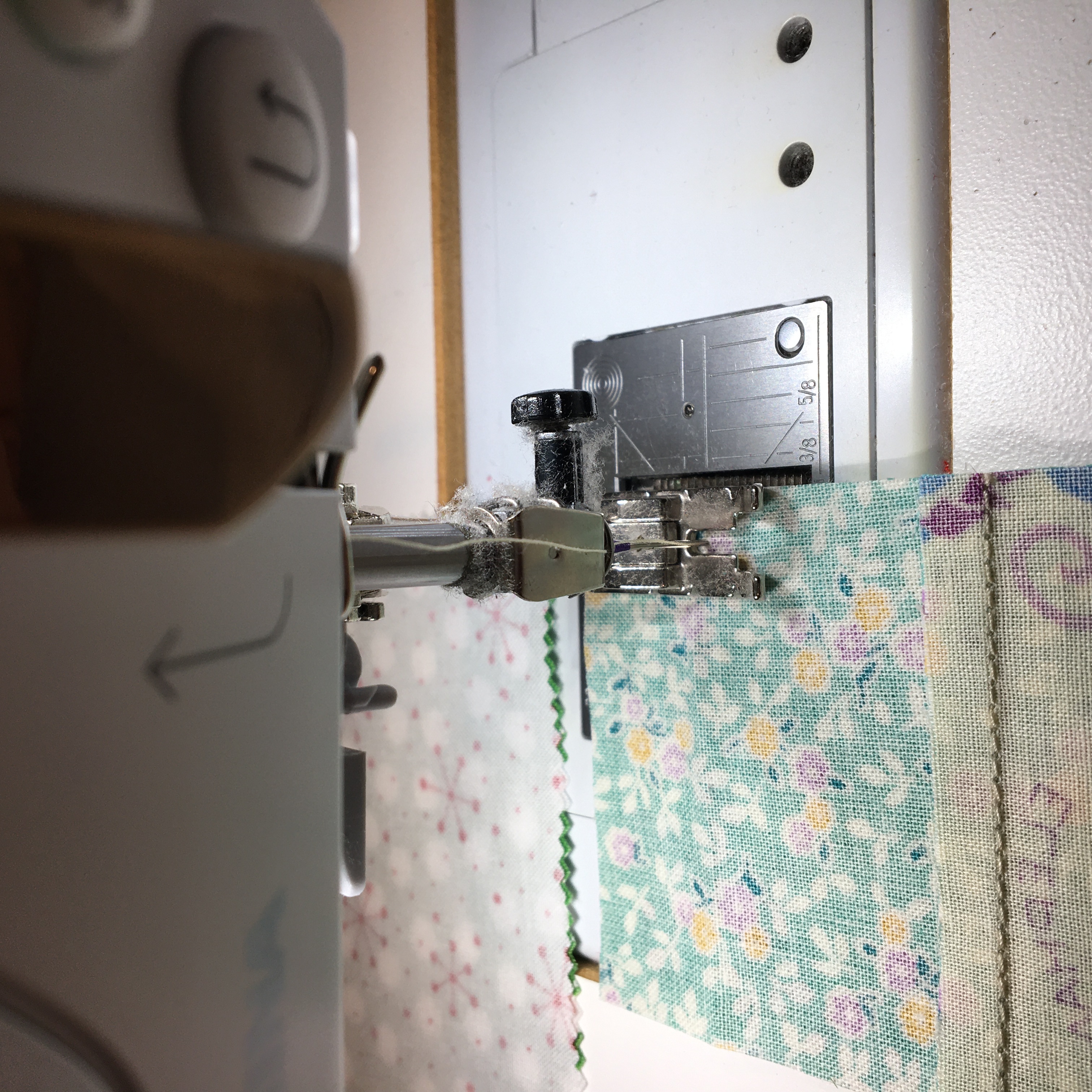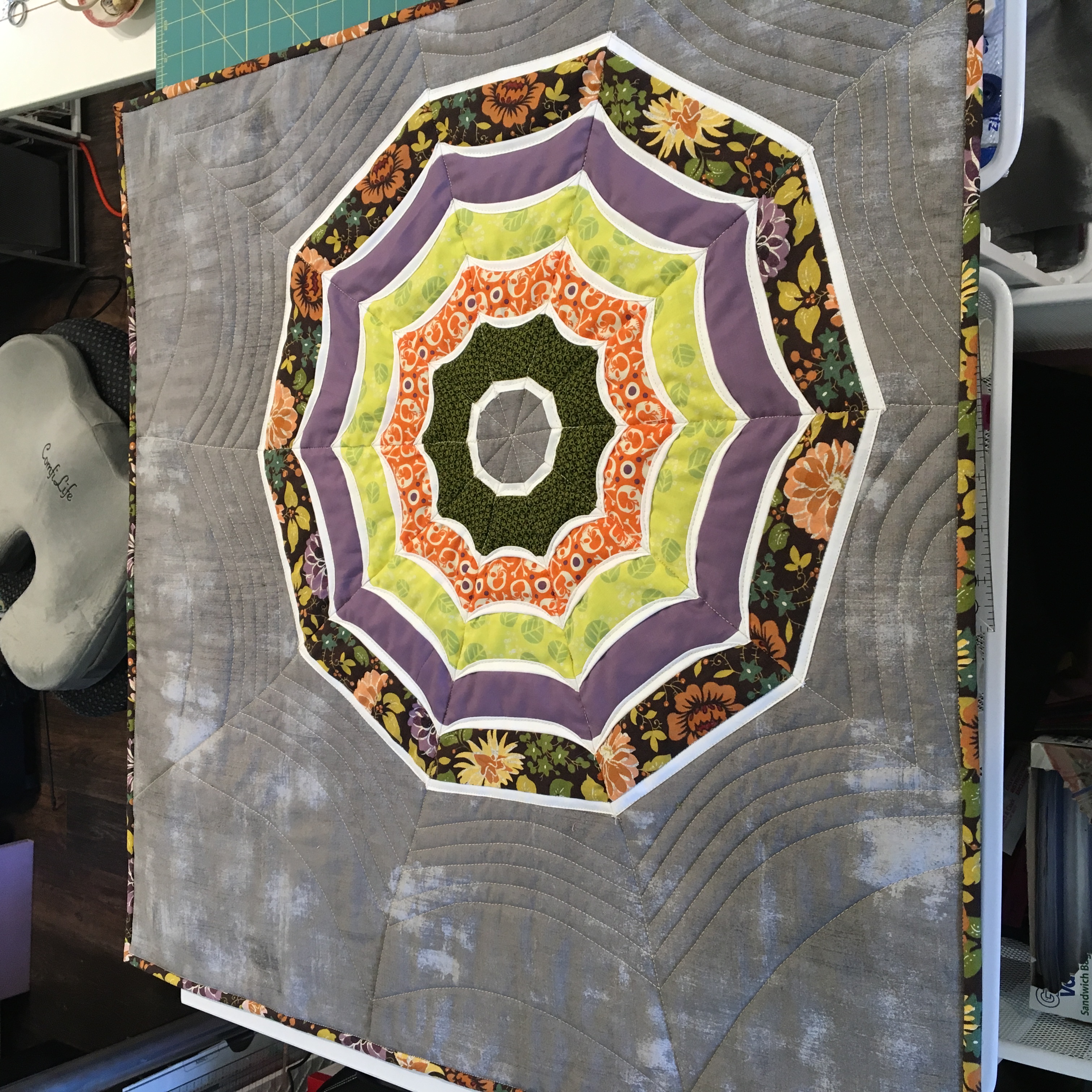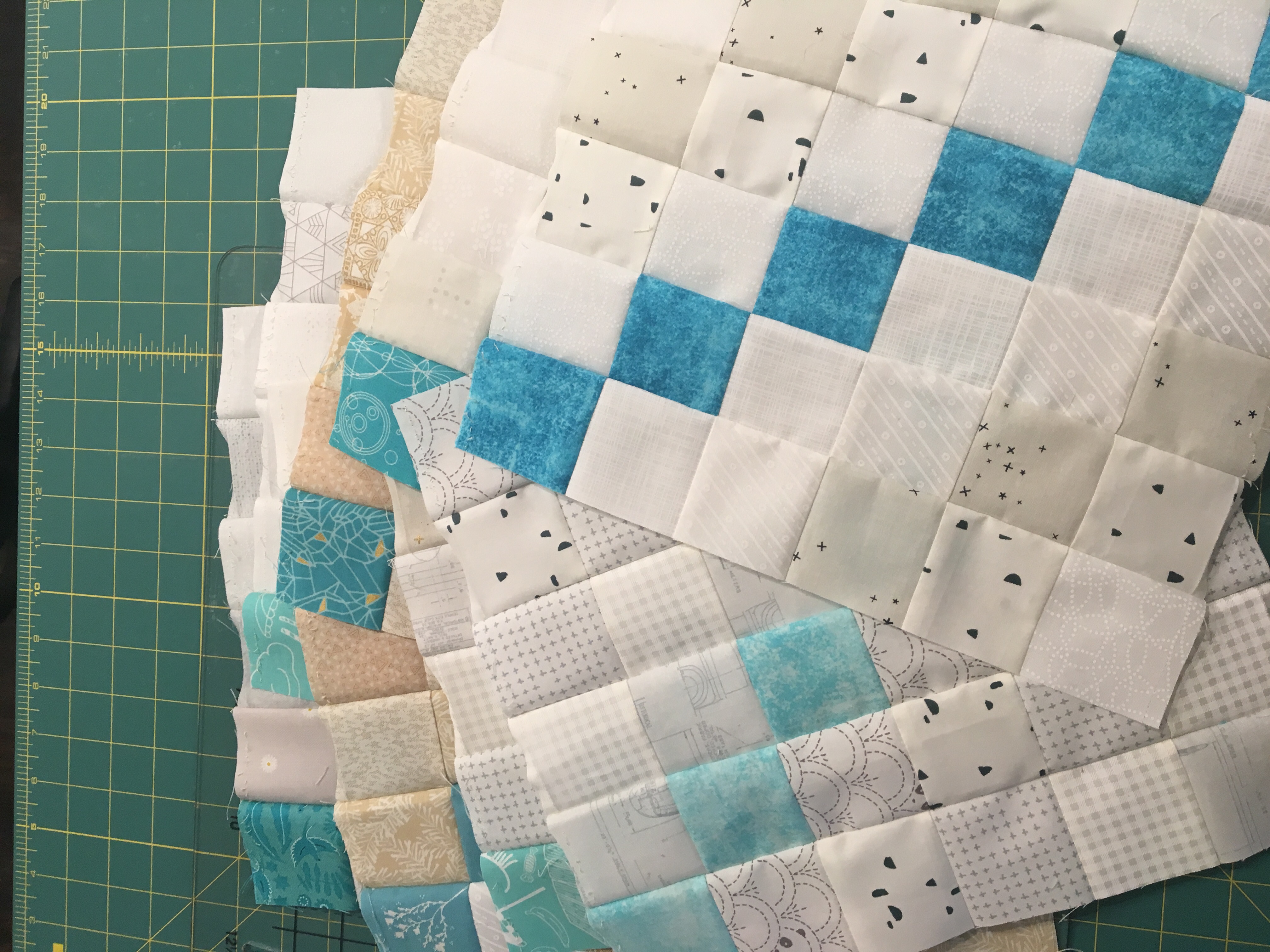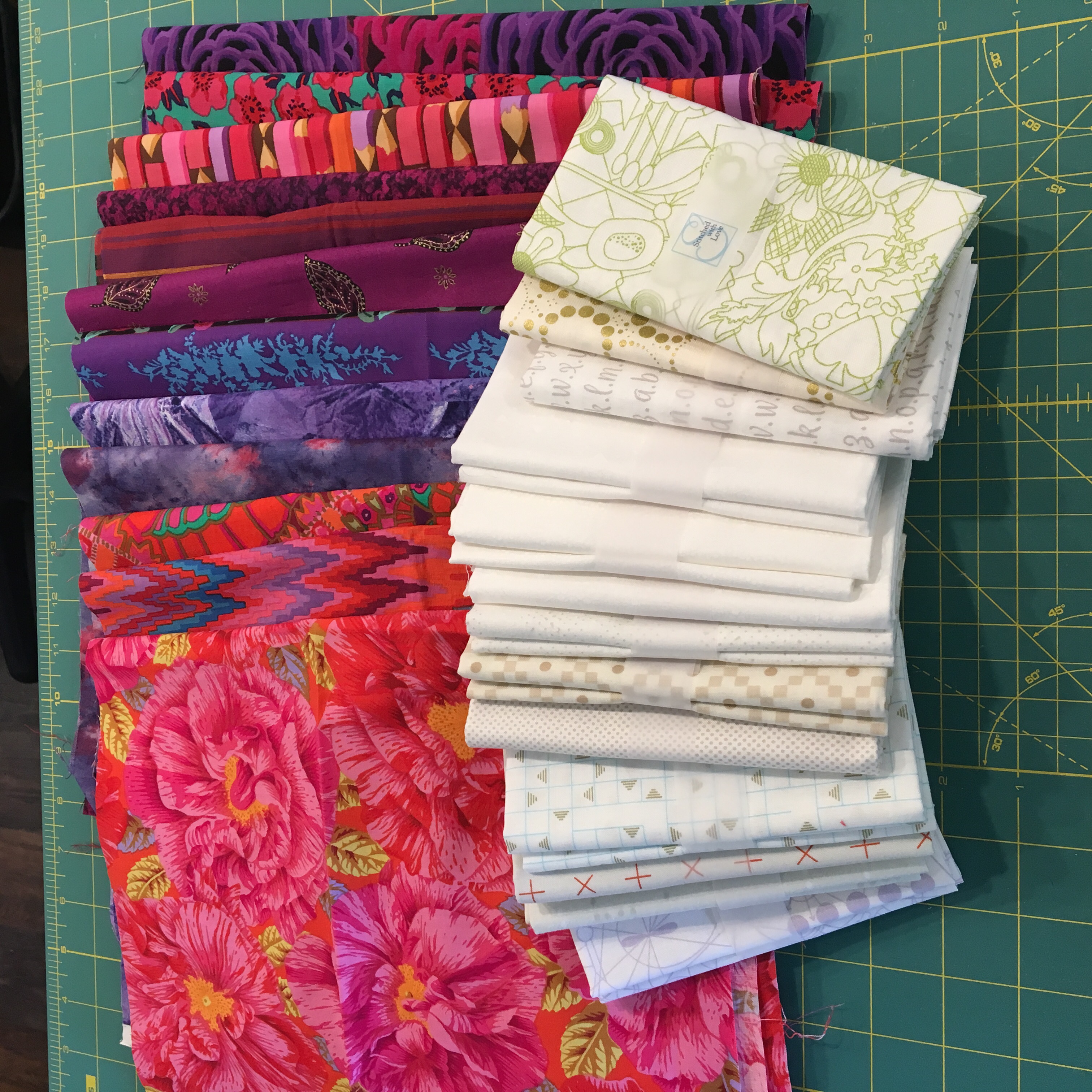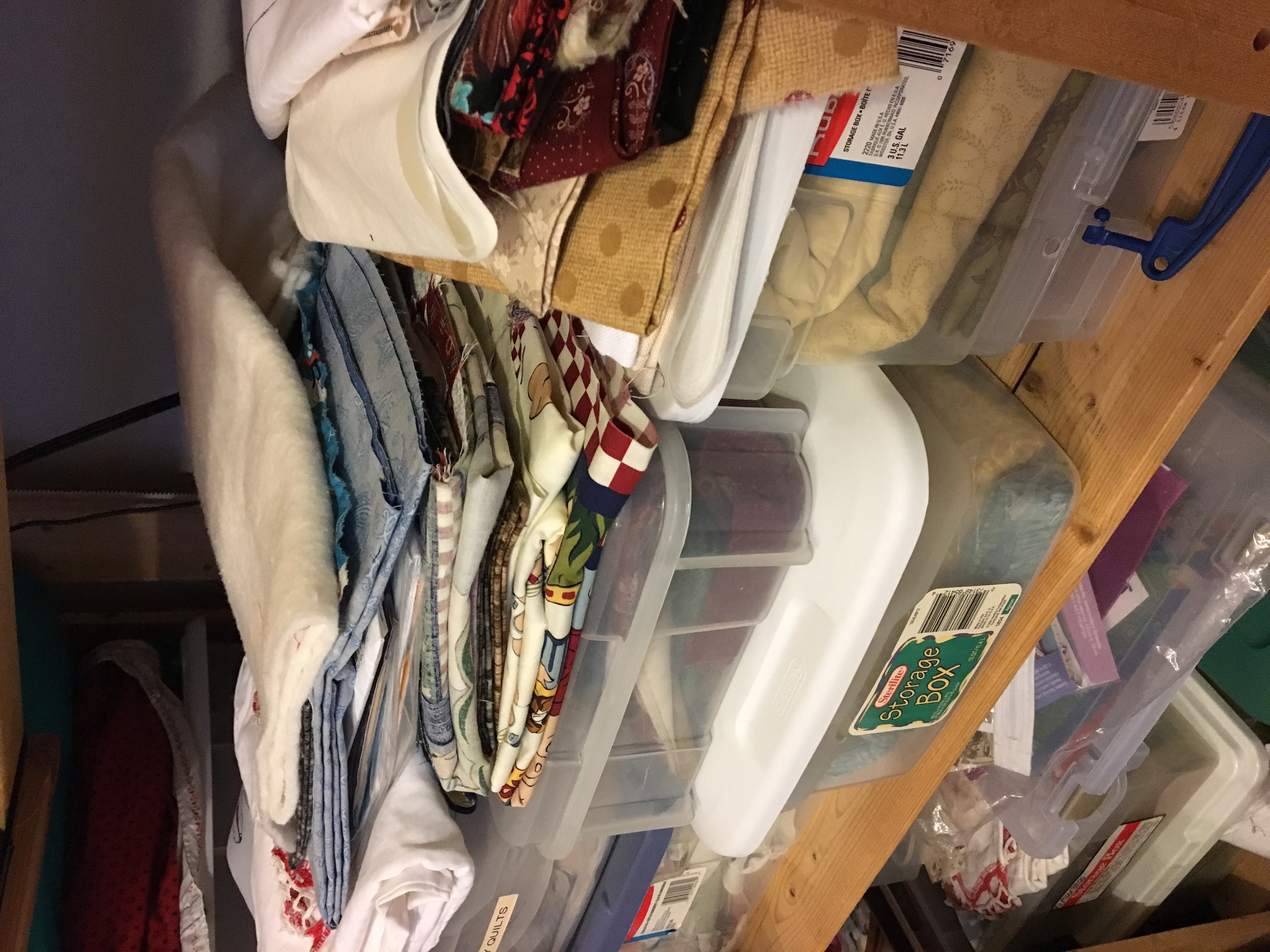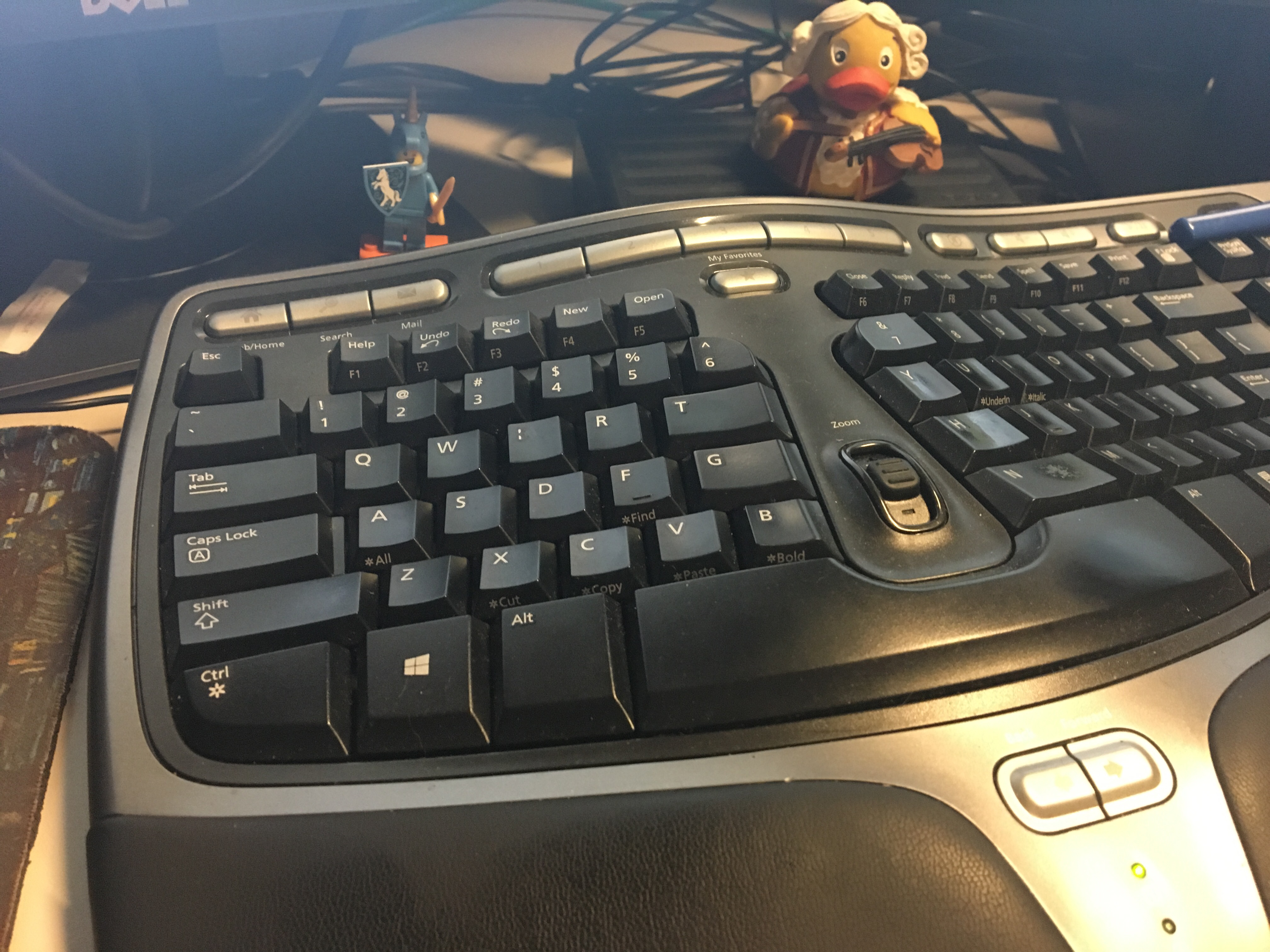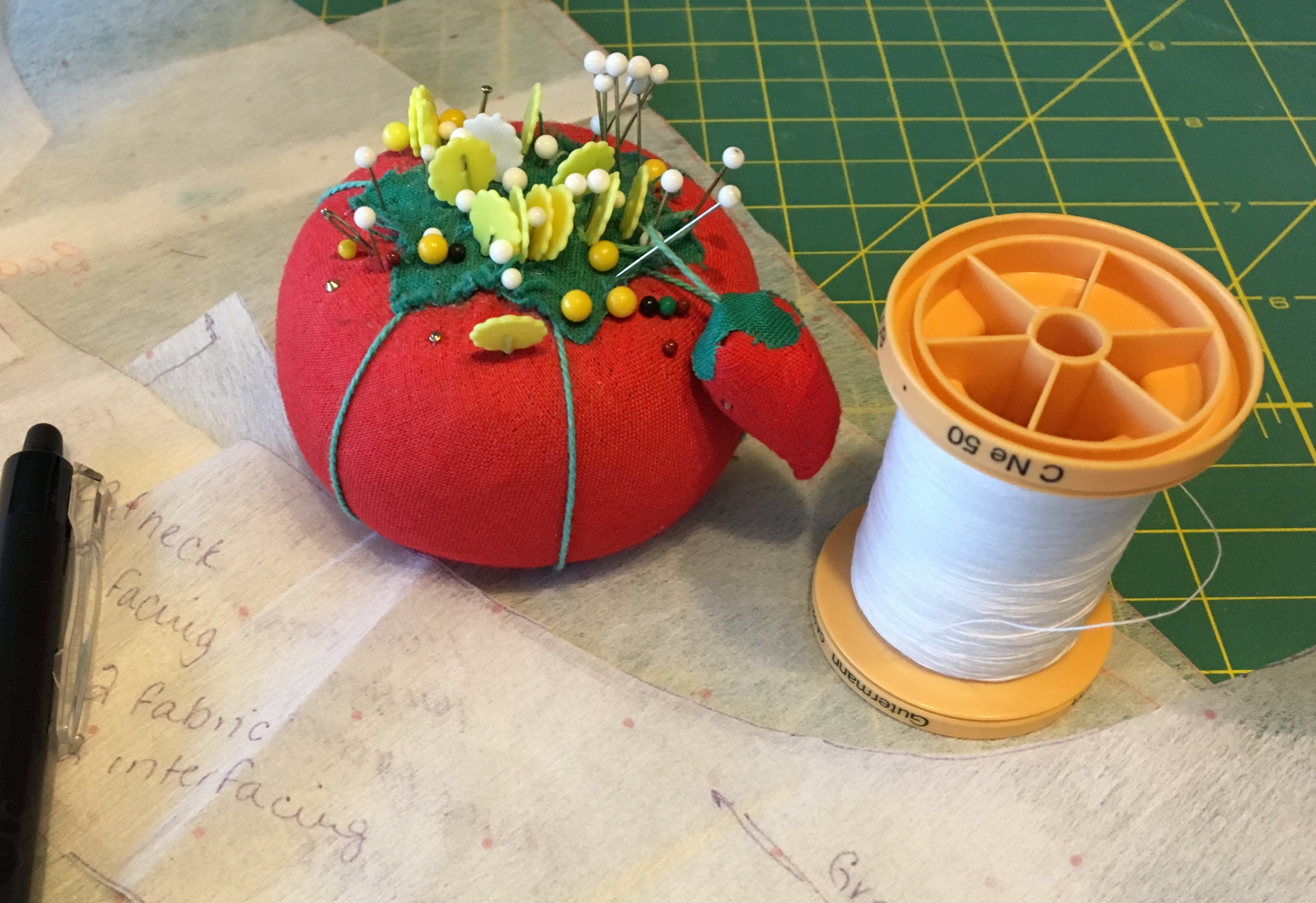I have always been a strong proponent of journaling. I get a lot of benefit out of writing my thoughts down on paper – it helps me get perspective on things, helps me remember things and helps me keep direction in my life. Lately I’ve been thinking that I need to start a quilting journal. I’ve got so many ideas right now that there’s not any way I can make them all. I’m not even sure I should be making them all, not sure all of them are worth of the time and effort, but when they are stuck in my head, I can’t figure that out.
I’m thinking I will just take a graph paper notebook, and start with a basic sketch and some dimensions on each idea. If I leave enough room for each design, I could later come back and figure out things like number of blocks in a quilt and size of a quilt. I could also add notes if I actually sew that design about how it went together and any issues that I might encounter on the way.
A second benefit of journaling would mean that for projects that are WiPs for a long period of time, I would have more detailed notes about what I’m trying to do and where I’m leaving off. I rarely use a pattern any more, or if I do, the pattern is just an inspiration and I make a lot of changes, and honestly I don’t always remember exactly what direction I was going with something.
For the swaps I do with my friends, it would also be a much better way of keeping up with my swap notes and progress. I’ve been using sticky notes and honestly, those are not working for me. (Photo credit is one of my current swaps)
I know this would take some discipline and would take some effort to keep up, especially on the projects that are on going but I think it would be worth it. I’ve got a lot of ideas and a limited amount of time, so I’ve got to find ways to really focus my efforts and make the most of my quilting hours.
I’m sure I will also need a quilted notebook cover for my quilting journal too, so there’s another project….. I really need to start today.

